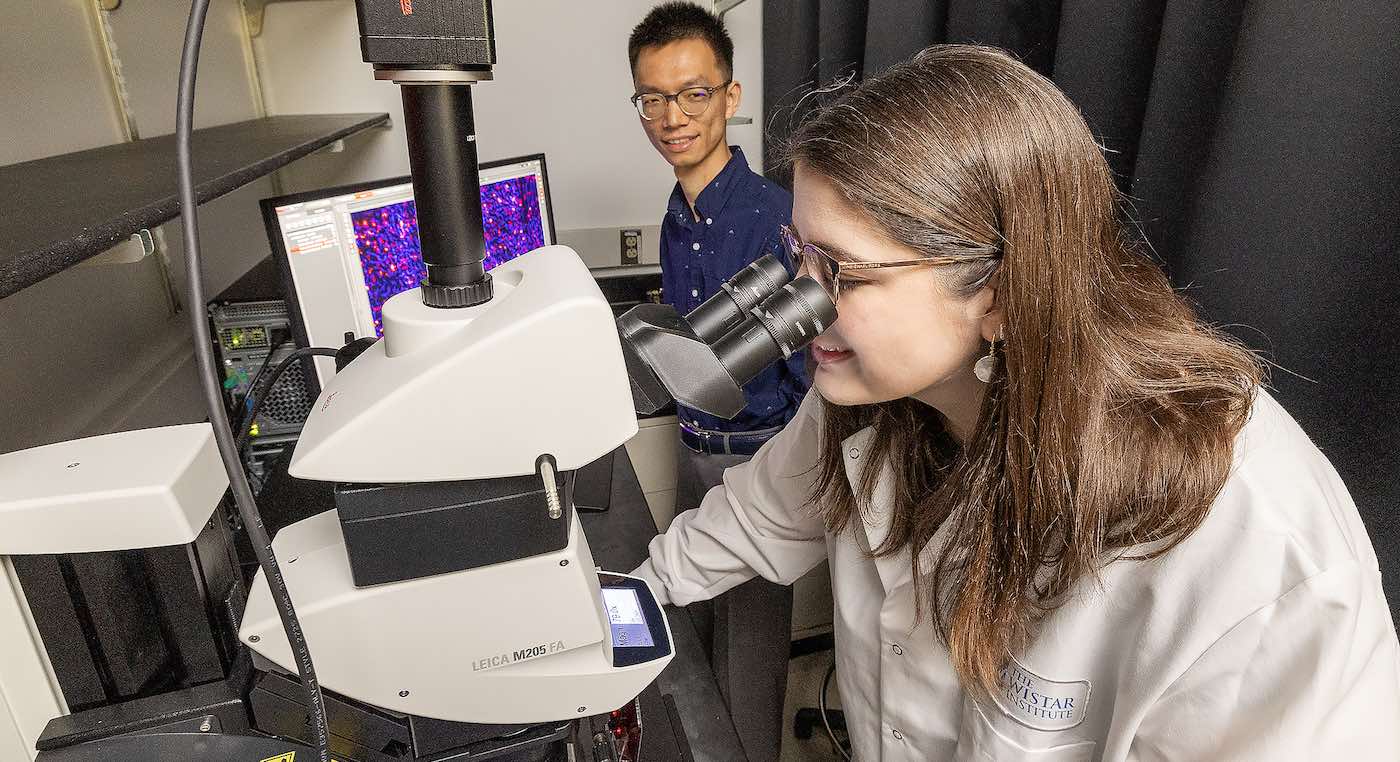Revolutionary Approach Revives Century-Old Method to Shrink Tumors in Metastatic Ovarian Cancer

Scientists at the Wistar Institute in Philadelphia have made a groundbreaking advancement in the fight against ovarian cancer. This aggressive form of cancer, known for its resistance to traditional chemotherapy, has seen a promising new treatment method that could enhance survival rates and reduce tumor sizes. With a fresh approach rooted in historical medical practices, this discovery offers hope to patients battling one of the deadliest gynecological cancers.
Innovative Treatment Combats Ovarian Cancer
Ovarian cancer remains one of the most challenging cancers to treat due to its tendency to metastasize through peritoneal fluid, which suppresses the immune response. This characteristic complicates the body’s ability to fight off tumors effectively. To address this pressing issue, Dr. Nan Zhang and his research team have drawn inspiration from medical history, particularly the work of surgeon William B. Coley in the late 19th century.
Reviving Historical Techniques
Coley’s pioneering use of dead pathogens to trigger immune responses resulted in a cure rate exceeding 10% for certain cancers. This realization led Zhang’s team to explore how activating myeloid cells—the immune cells prevalent in the peritoneal cavity—could potentially yield a similar effect against ovarian cancer. By employing a combination of beta-glucan, a substance derived from pathogens, alongside interferon-gamma (IFNγ), they have crafted a treatment strategy that specifically targets these immune cells.
- Beta-glucan: Activates myeloid cells to bolster immune response.
- Interferon-gamma (IFNγ): Enhances the effectiveness of the immune attack on cancer cells.
Promising Preclinical Results
Recent findings, published in The Journal of Experimental Medicine, have shown that this innovative combination therapy leads to a significant reduction in tumor burden during preclinical trials. Remarkably, it has proven effective even against chemotherapy-resistant ovarian cancer strains, showcasing its potential as a versatile treatment option.
- Tumors shrank considerably when exposed to the combination of β-glucan and IFNγ.
- Positive effects were consistent across various cancer models.
Dr. Brennah Murphy, the study’s lead author, expressed optimism about the findings, stating, "Our research has opened the door to a potential new method of treating this particularly aggressive cancer. Ovarian cancer is notorious for its treatment resistance, but our approach demonstrates the ability to overcome that challenge."
Future Directions and Impact
Supported by grants from the National Institutes of Health, the research team is excited about the future of their findings. Announced on November 21, their work suggests that not only can this treatment shrink tumors, but it may also make them more susceptible to chemotherapy. Zhang underscored the significance of their approach, highlighting, “This is the first time researchers have been able to indirectly target ovarian cancer cells in peritoneal fluid by inducing an immune reaction in preclinical models.”
As they continue their research, the team is particularly interested in exploring the role of IL27, which may hold further keys to improving anti-ovarian cancer strategies.
Stay Informed and Engaged
This breakthrough offers renewed hope in the battle against ovarian cancer. For further insights on this topic, consider exploring related studies such as the effects of Vitamin D on ovarian cancer prevention and the implications of frequent aspirin use in lowering cancer risk.
By sharing these developments, we can raise awareness and foster discussions that may lead to further advancements in cancer treatment.
